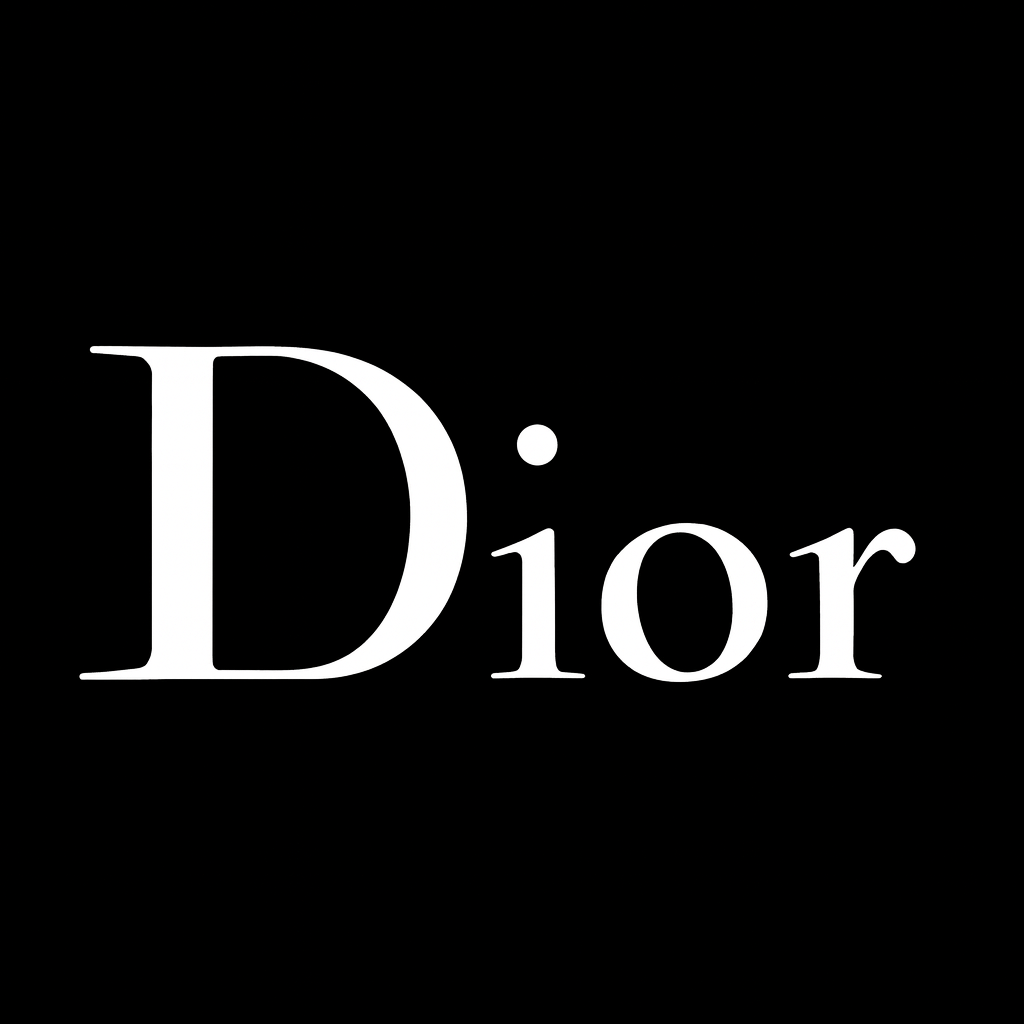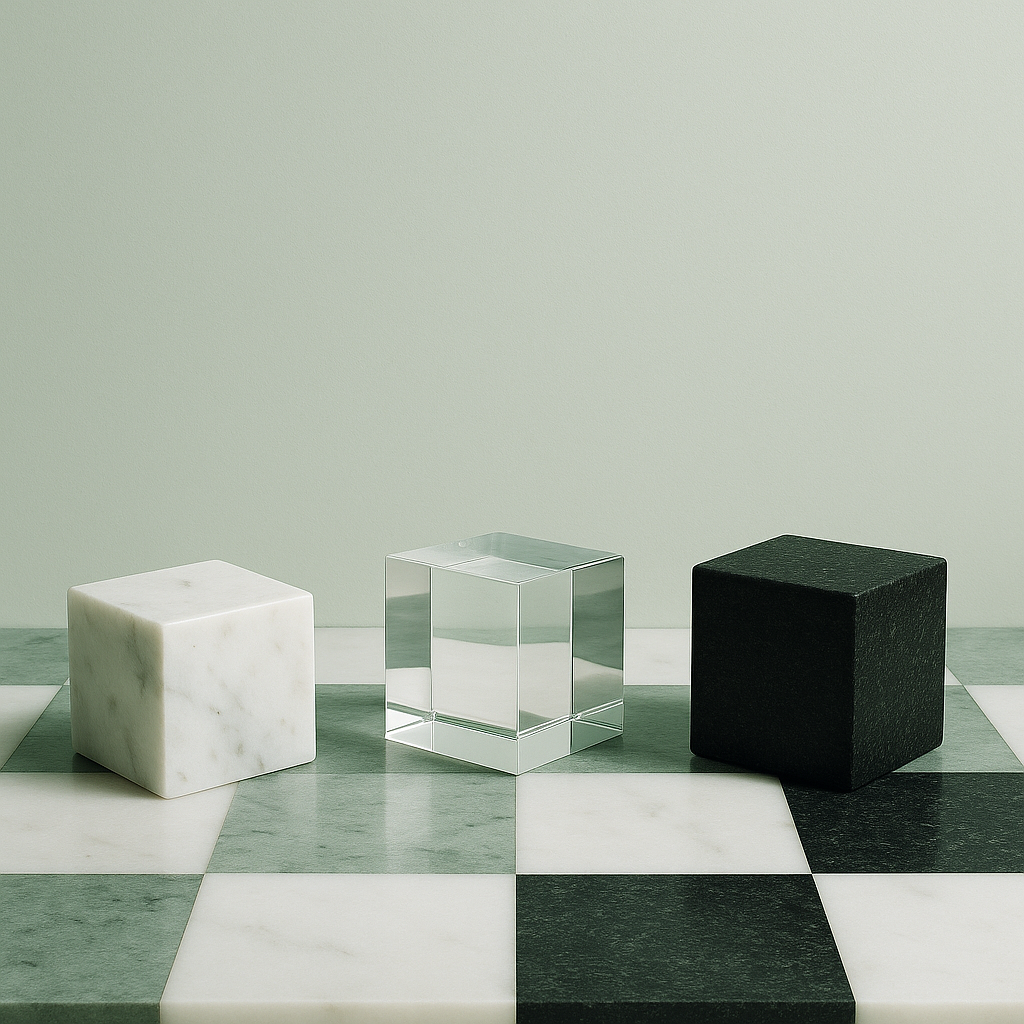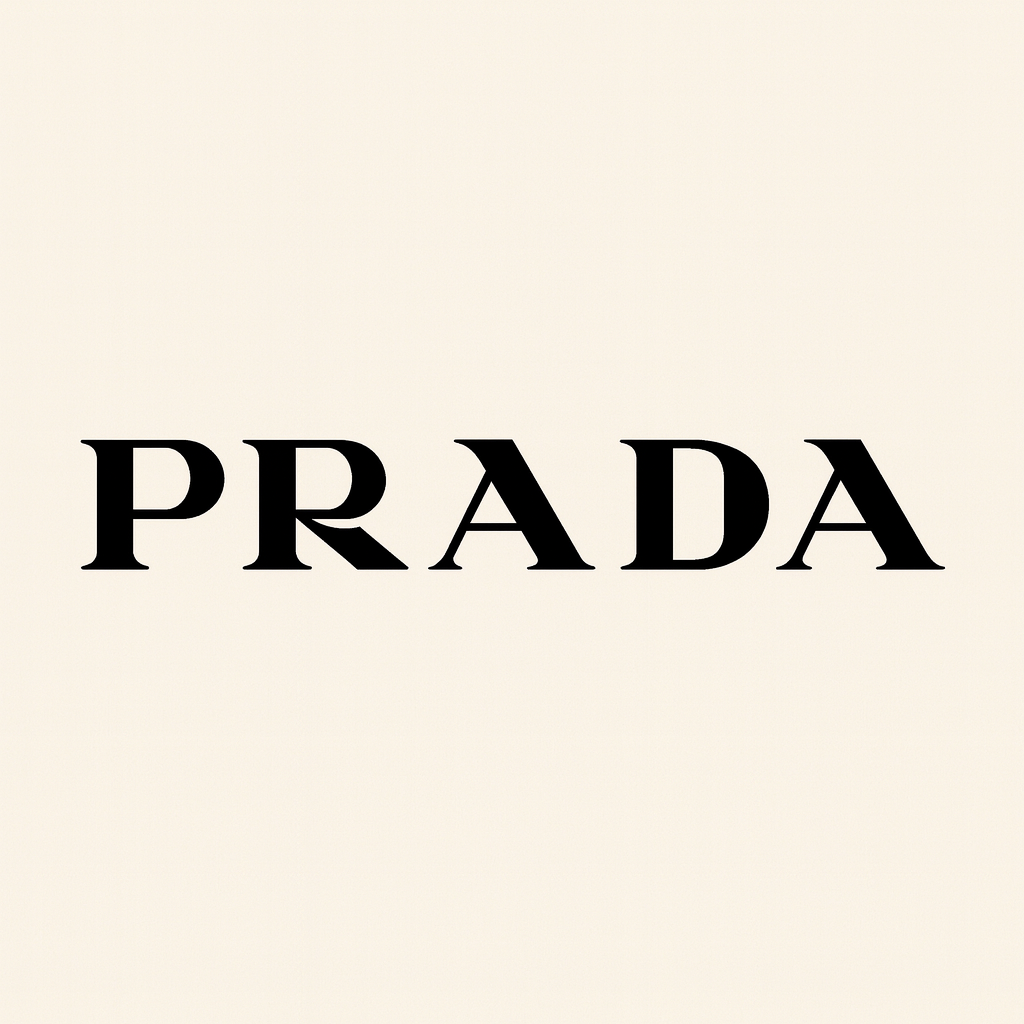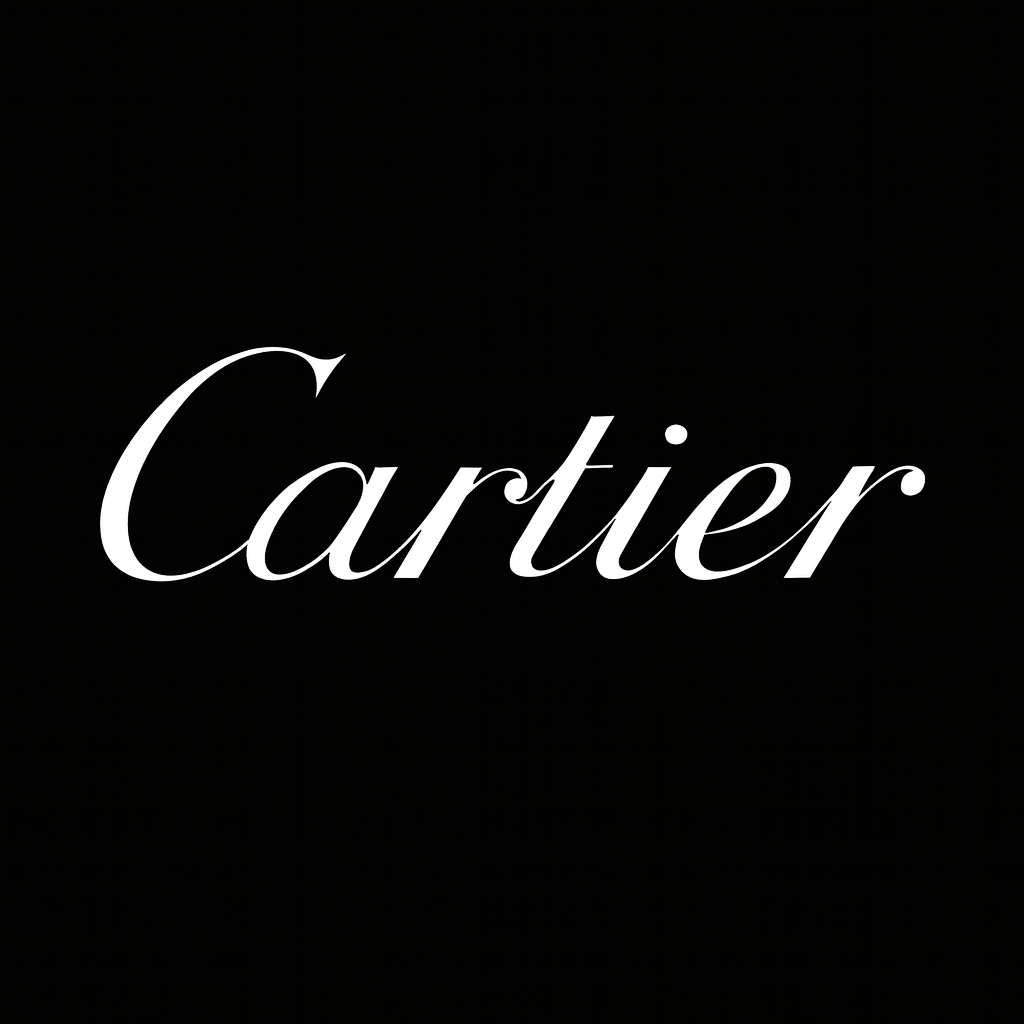
Dior
Christian Dior (1905–1957) originally aspired to be an architect but, adhering to his parents' wishes, studied political science. After completing his education, he followed his true passion: opening an art gallery in Paris in 1928 at the age of 23. He grew up inside the bold art scene of the 1930s, and shaped friendships with Picasso, Salvador Dalí, Jean Cocteau, and Alberto Giacometti. That circle trained his eye to think beyond clothes. To him, a dress became “a piece of ephemeral architecture, designed to enhance the proportions of the female body.”
Then the Great Depression happened; His mother and brother died; The family money vanished, and the gallery shut its doors in the early 1930s. He went bankrupt, and tuberculosis followed. With no safety net, he had to start over. He picked up a pencil. He sketched dresses and sold the drawings to houses like Robert Piguet and Lucien Lelong, just to be able to pay his bills. That emergency side job became the doorway. In the forced pivot from art dealer to fashion illustrator, Dior stumbled into his true lane and, step by step, into the ranks of the century’s great couturiers.
The formal moment that birthed the House of Dior is legendary. On April 18, 1946, Christian Dior spotted a metal star lying in the street on Rue du Faubourg Saint-Honoré in Paris. He was on his way to a fateful meeting with textile manufacturer Marcel Boussac, who had agreed to finance his own fashion house. Dior, who regularly consulted his fortune teller before any major decision, saw the star as an undeniable sign of destiny.
This "lucky star" became his personal talisman and a subtle motif in his designs (such as the Bonne Étoile dress), and continues to be used by his successors, including Maria Grazia Chiuri. As LVMH Chairman Bernard Arnault says:
Dior possesses an irreplaceable "mythical dimension" and history that anchors its prestige. The brand was literally born under a lucky star, securing its foundational narrative of glamour and fortune.
Spring 1947. Christian Dior sends his first collection down the runway, and Harper’s Bazaar’s Carmel Snow names it on the spot: “the New Look.” It was more than fashion. It was a reset for the economy, for culture, and for how women felt in their bodies after years of war. The world had worn uniforms that were drab, strict and efficient. Dior brought lavishness and glamour into his designs, and with them a new idea of femininity. The New Look had precise codes: Soft, rounded shoulders; a dramatically tight waist; a wide, full skirt (the Corolle line) moving like a flower opening; at the center stood the Bar Suit, conceived “like a sculpture.” The Bar Jacket carved the torso with its nipped waist, gentle shoulders, and sloping basques. To sharpen the hourglass, they added padding at the hips. Dior’s 22-year-old assistant, Pierre Cardin, even rushed out to buy cotton wool before the show so the models looked perfectly shaped. For Dior, a dress was “a piece of ephemeral architecture, designed to enhance the proportions of the female body.”
The New Look got several critics too! The most notorious criticism came from rival French designer Coco Chanel, who stated: “Dior doesn't dress women. He upholsters them!". She also questioned whether men should decide how women dress, saying his style treated women as “decorative objects.” Yet the market voted with its eyes and wallets. Dior’s elegant lines quickly became the look of the era. By 1948–1949, he signed the first big licensing deals for a couture house: fur, stockings, perfume. It was a sharp business move, and other houses copied it fast. Beating both austerity and the backlash, Dior turned into a global icon and locked in his place in fashion history.
Dior built his work on a romantic idea of femininity. He said:
“After women, flowers are the most lovely thing God has given the world”
He wanted to draw “women-flowers”: soft shoulders, a slim waist “like a liana,” and wide skirts “like a corolla.” He believed “deep in every heart slumbers a dream and the couturier knows it: every woman is a princess.” For Dior, true elegance wasn’t about money. It was about distinction, naturalness, care, and simplicity. He believed “Grooming is the secret of real elegance,”
The Spectacle Era (John Galliano, 1997–2011)
John Galliano turned Dior’s runway shows into full-on theater: big sets, bold stories, and unforgettable drama. He mixed wild imagination with serious craft and rich historical references, treating clothes like costumes, eflecting his background dressing at London’s National Theatre, where he learned how characters move and smell in their environment. This period cemented Dior as the home of extravagant, dreamlike couture.
The Minimalist Interlude (Raf Simons, 2012–2015)
Raf Simons brought a needed reset to Dior after Galliano’s lavish, theatrical era. In just three years, he earned a reputation as a bigger-picture thinker who returned to a feminine silhouette and spirit closely tied to Christian Dior’s original codes. His approach was deliberate: modern, wearable, and quietly sophisticated; perfectly in step with the founder’s ideas about distinction and simplicity. Simons proved that Dior’s core themes could live powerfully in the present, speaking to real women through clean lines, technical finesse, and elegance, without the need for high drama.
Feminist Re-Engineering (Maria Grazia Chiuri, 2016–Present)
Maria Grazia Chiuri has drove Dior in a new direction, prioritizing scale and global visibility through ready-to-wear and cultural relevance. Her design philosophy is openly feminist: she talks about “real women” and “sisterhood,” and puts bold messages like “We Should All Be Feminists” on the runway. She treats fashion as a platform for ideas and debate, placing Dior in the middle of cultural conversations.
By centering empowerment and accessible ready-to-wear, Chiuri also pushes back on the old critique that the New Look turned women into “decorative objects.” Her Dior aims for visibility, wearability, and cultural impact; fashion that speaks, sells, and is seen.
The Lady Dior
The Lady Dior handbag, originally designed by Gianfranco Ferré in 1994, is a quintessential example of how celebrity provenance can cement a product’s iconic status. The bag was renamed in honor of Diana, Princess of Wales, after she received it in 1995 and carried it frequently. This royal connection transformed the bag into a global symbol of style and prestige.
The physical design of the Lady Dior is deeply linked to the architectural foundation of the House. Its signature quilted stitching, known as the Cannage motif, is inspired by two pieces of furniture found in Dior's original private mansion at 30 Avenue Montaigne since 1947: the Napoléon III chairs used for runway guests and the back of a neo-Louis XVI medallion armchair. Every stitch ties the bag back to the birth of the New Look.
Under Chiuri, the Lady Dior has been strategically evolved with the Lady Dior 95.22 edition, softening the architectural shape and curving the handle, making it easier to wear today.
Dior didn’t stop at fashion, it moved into high jewelry too, bringing its Métiers d’Art craftsmanship mindset with it. The Dior Grand Bal watches show this perfectly: they turn a practical watch into an art piece. Thanks to the patented Dior Inversé movement, the spinning weight sits on the dial side (not the back) and is dressed up with motifs like Toile de Jouy, diamonds, and mother-of-pearl, twirling like a ball gown.
This artistry goes beyond watches. The limited-edition L’Or de Vie La Crème bottle is hot-blown, sculpted, and hand-engraved with 1,500 dots (an eight-hour process) proof that craft touches every corner of the brand.
Dior also leans into experiences: the Dior Spa and fine dining; showing how luxury today is as much about feeling good and wellness as it is about buying products. These experiences create deeper emotional ties, so customers see Dior’s items as part of a special lifestyle, boosting perceived value and loyalty.
Dior is not simply one luxury house among seventy-five in the LVMH portfolio; it is the strategic cornerstone that enables the conglomerate’s overarching control structure and market dominance. It’s a smart update: the heritage stays intact, but the design adapts to modern life.
Anyone planning to put a little Dior under the tree this Christmas? 😉
By
December 15, 2024
.png)
.png)



